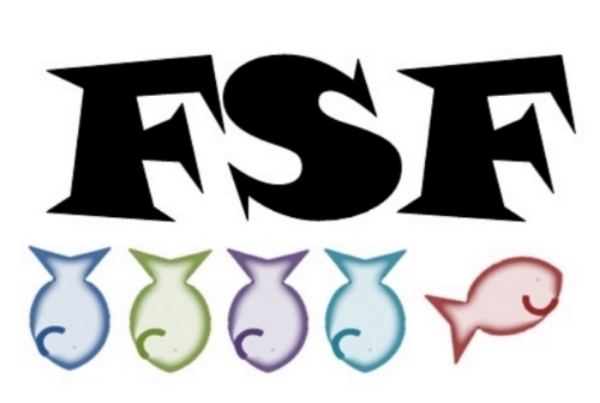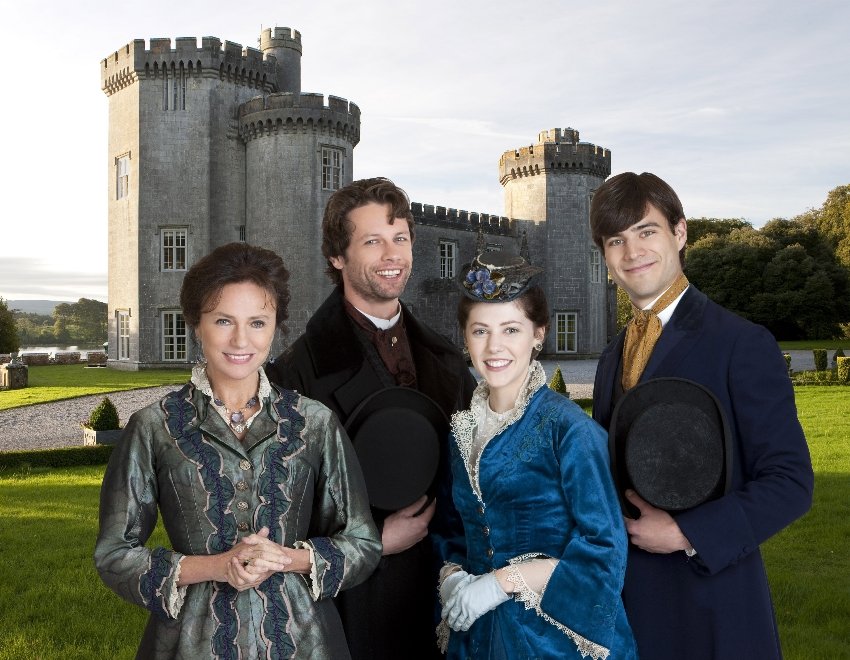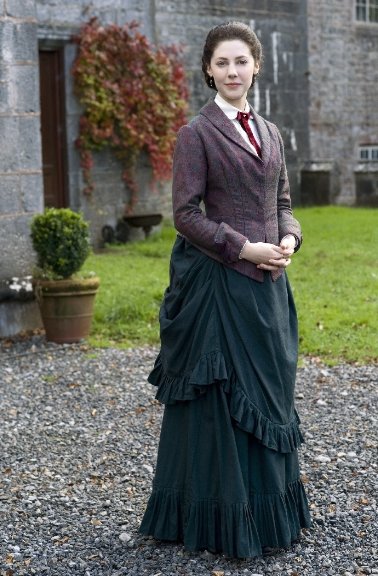I know this one is not everyone’s favorite movie, but I enjoyed the jokes about the writing process and maybe if you watch/re-watch you’ll agree after reading this blog.
Alex (Luke Wilson) is an in-debt author on a deadline who hires stenographer Emma (Kate Hudson) to take down his words and save him on the editing process for a his first draft. Rob Reiner upholds a tradition by both playing Alex’s publisher and is the director of the film (seriously, look at his movies. He acts in a lot of them).
Alex’s Gatsby-esque book becomes fantasy sequences throughout the film. He and Kate Hudson play literary counterparts of themselves and Sophia Marceau play’s the subject of the lovelorn Alex’s affection (both fictionally and in reality), Polina. Although, he lies to Emma and says Polina is a mixture of various women he’s known. The novel is about Adam, a tutor for a wealthy family who falls in love with the single mother of his young charges, but needs money in order to win her. Emma is turned into a series of characters that I will get to later.
First of all, I appreciate Alex’s apartment, a half-renovated mess full of books with a loft for a bed and bare wood all around. The sharks who come to collect money he borrowed from their boss did not age well, portrayed as Cuban stereotypes donning tank tops and neck tattoos. Alex has to confess to them that he’s blocked so they give him thirty days to get what he owes before they kill him. Yeah. I know. I feel like taking a penniless writer’s money was a bad idea on the Cuban boss’s part. I don’t think he would have done it in the first place, but then this movie wouldn’t have a plot, I guess.
It’s extreme NanoWrimo! Write 50,000 words in 30 days or DIE!!!!
Emma immediately dislikes Alex’s desperation and hypochondria, still she takes the job out of curiosity. Meanwhile, Alex is annoyed by Emma’s logic and how she always reads the end of a book first to decide if she will read it. In fact she does this with his previous novel right in front of me. Rude. Emma is confused that Alex has no idea where the new book will go and finds it strange when he explains to her that the characters decide where the story will go. This starts a first day of hours upon hours of Alex trying to write a grabbing first sentence. Yet, when Emma threatens to storm out, Alex’s brain starts to flow.
This becomes the norm between the two of them. He comes up with an idea and she argues it. Some of her arguments are super annoying like how he can’t claim that real explorer Cartier discovered the made-up setting of his book. Others make more sense as a reader, such as her objecting to descriptions of characters after they’ve spoken, ruining what she’s already imagined in her head. There are great jokes about word choice (“You introduced the bosom. I'm just asking if you want them to heave.”, plot holes, and character development. Most of the character development comes from him constantly changing the book’s Au-pair who he bases on Emma. She starts as Ylva, an awkward Swede, then becomes Elsa the bossy German, and finally Anna an American who embodies the truth of Emma in fictional form.
A good deal of the real writing process is in this movie. There is even a scene where a day’s work is ruined and Adam must re-write it.
The rest of the film is the usual rom-com fodder. He grows as a man. He gets the girl. He loses the girl. He learns a lesson. And so he gets the girl again.














































